On August 14, 1941, Franklin Roosevelt and Winston Churchill issued the Atlantic Charter, which defined their postwar goals for the world.
In reality, the charter was a statement more than a legal document. It was the culmination of two years of communication between Roosevelt and Churchill.
The two leaders arranged to meet each other in secret in August 1941. At the time, President Roosevelt was on a 10-day fishing trip. On August 9, Churchill was aboard the HMS Prince of Wales when it steamed into Placentia Bay on the southeast coast of Newfoundland. There he met President Roosevelt who was on the USS Augusta.
This event marked the first time the two men would meet. After a brief silence, Churchill greeted Roosevelt, “At long last, Mr. President,” to which Roosevelt replied, “Glad to have you aboard, Mr. Churchill.” After that, Churchill gave Roosevelt a letter from King George VI and delivered an official statement. Over the next few days, the two men discussed their goals for the war and postwar world.
On August 14, 1941, Roosevelt and Churchill presented their statement, then referred to as the Joint Declaration by the President and the Prime Minister. A few weeks later, Churchill called it the Atlantic Charter and the name stuck.
The charter stated that the US supported the UK in the war and that both nations held the same hopes for a peaceful postwar world. A major focus was on the peace to come, rather than specific American involvement in the war itself. The charter consisted of eight main points: the US and UK didn’t seek any territorial gains, land that had been seized would be returned according to the wishes of the people, everyone would have a right to self-determination, trade barriers would be lowered, all nations would agree to economic cooperation and social welfare reform, all signers would work toward a world free from want and fear, there would be freedom of the seas, and aggressor nations would be disarmed.
There was no signed version of the document – it was developed over several drafts and then telegraphed to London and Washington. Shortly after its release, the Allied nations arranged a meeting in London on September 24 and unanimously agreed to adhere to the principles set forth in the charter.
Those who agreed on the charter then signed the Declarations by United Nations on January 1, 1942, which provided the basis for the modern United Nations. The Atlantic Charter is credited as the inspiration for several international agreements that followed.
Click here to read the text of the charter.
| FREE printable This Day in History album pages Download a PDF of today’s article. Get a binder or other supplies to create your This Day in History album. |
Discover what else happened on This Day in History.


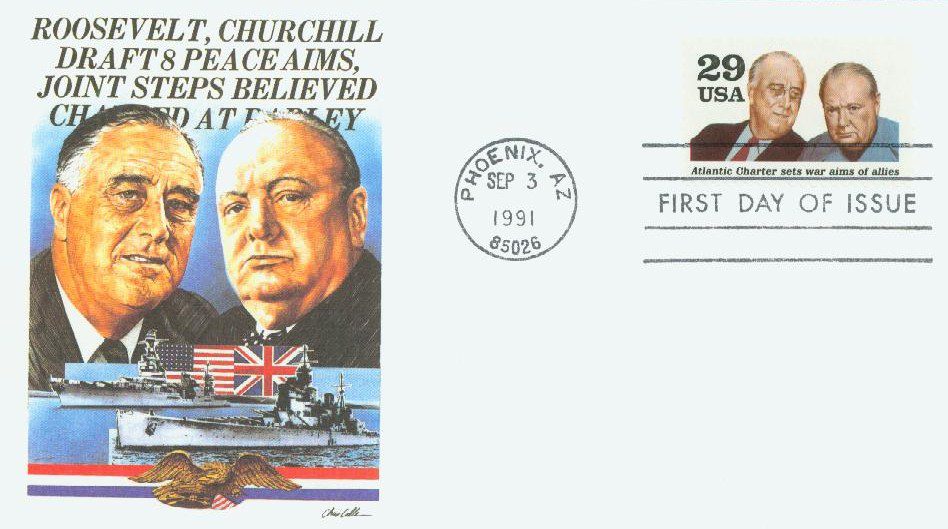

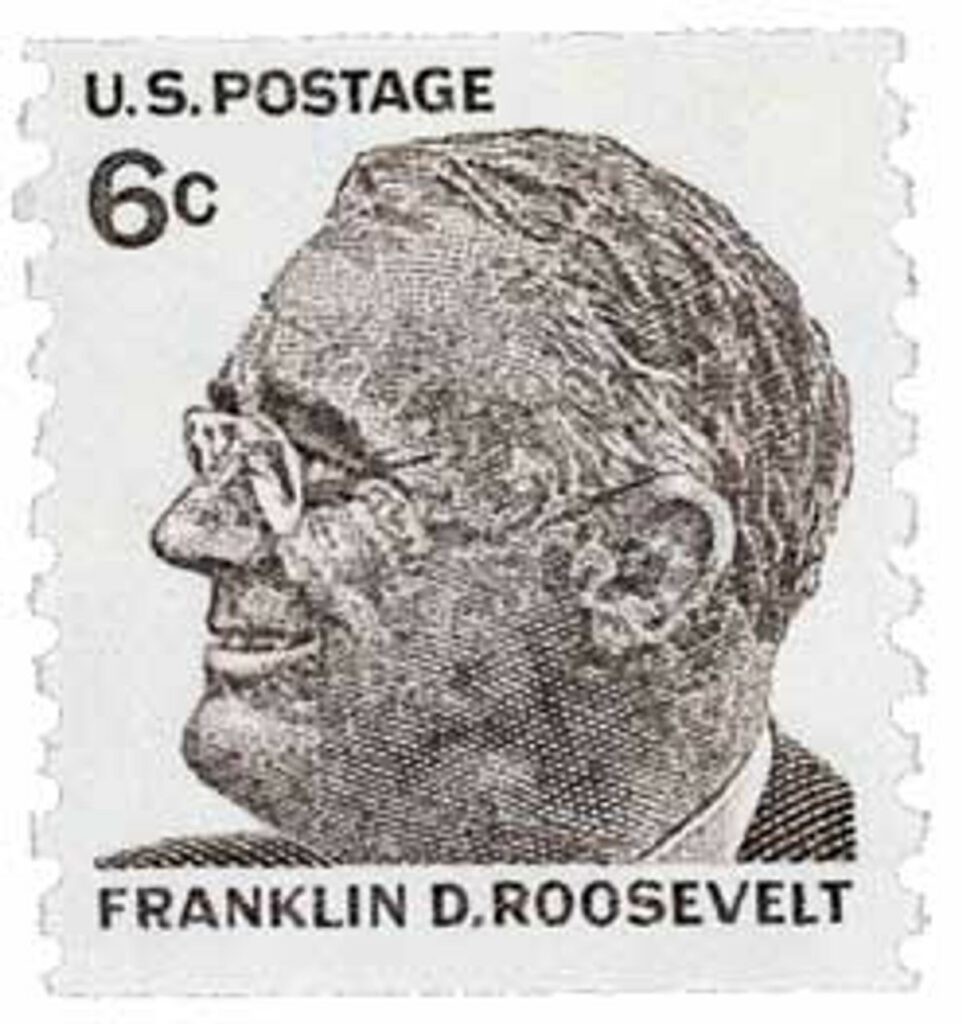
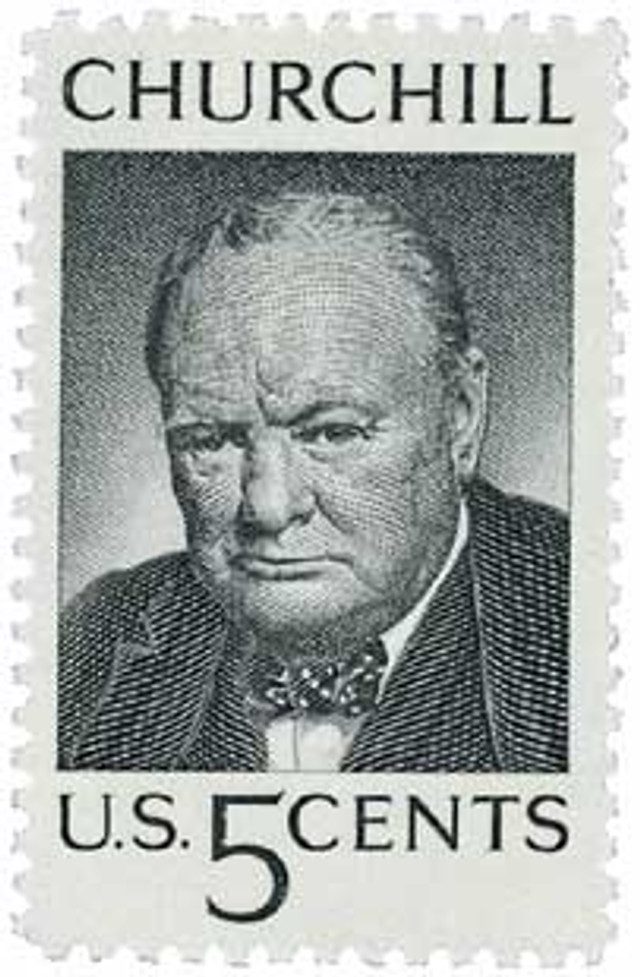
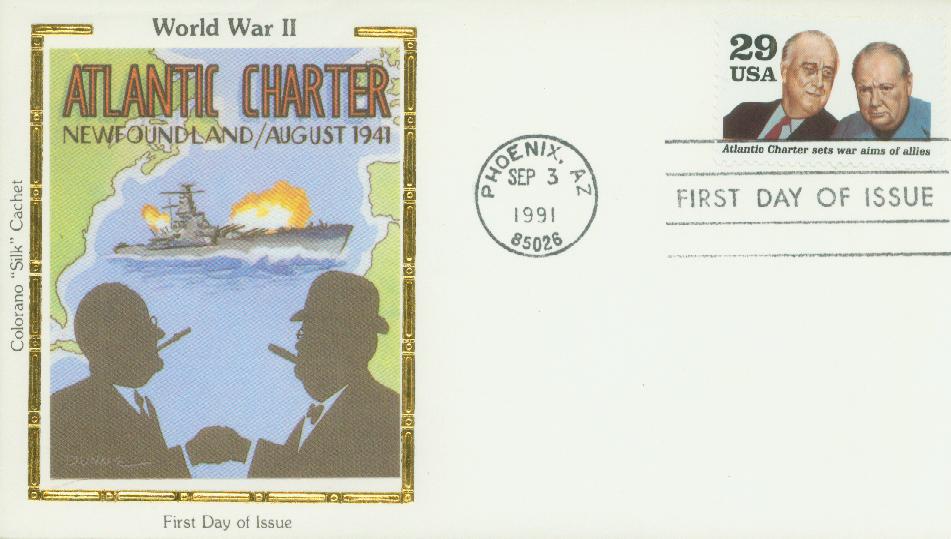
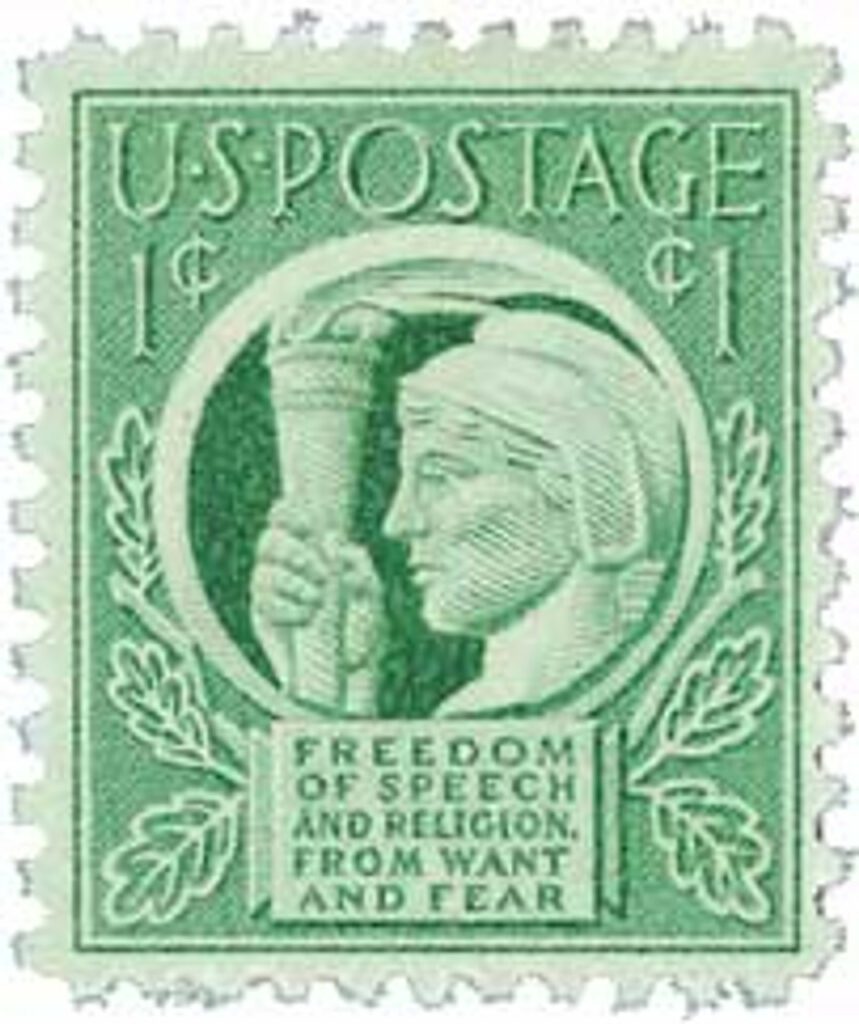
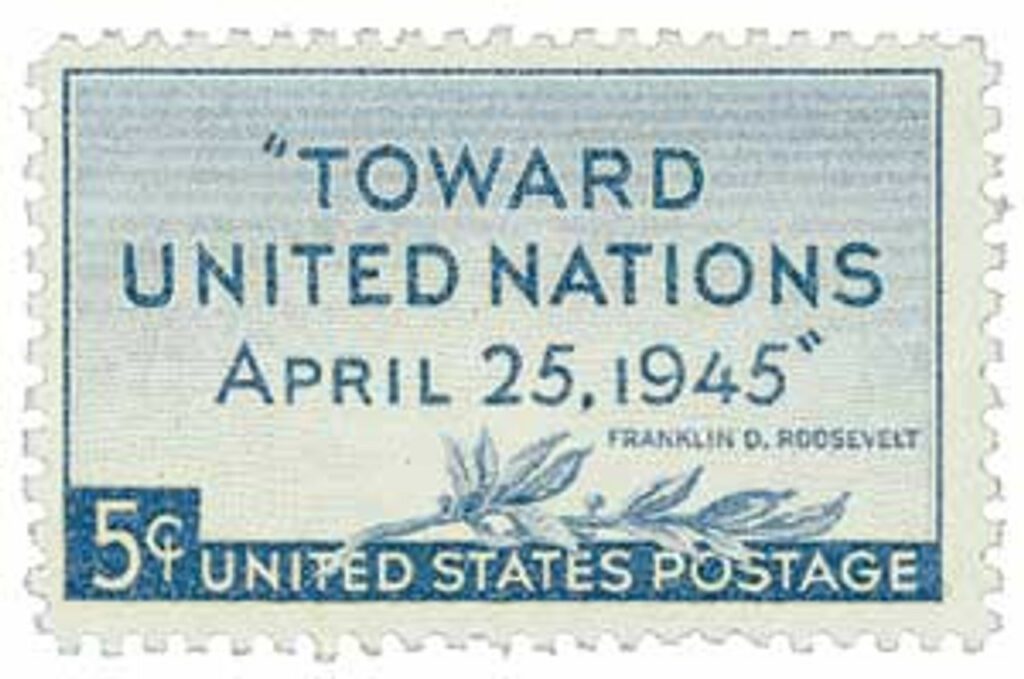
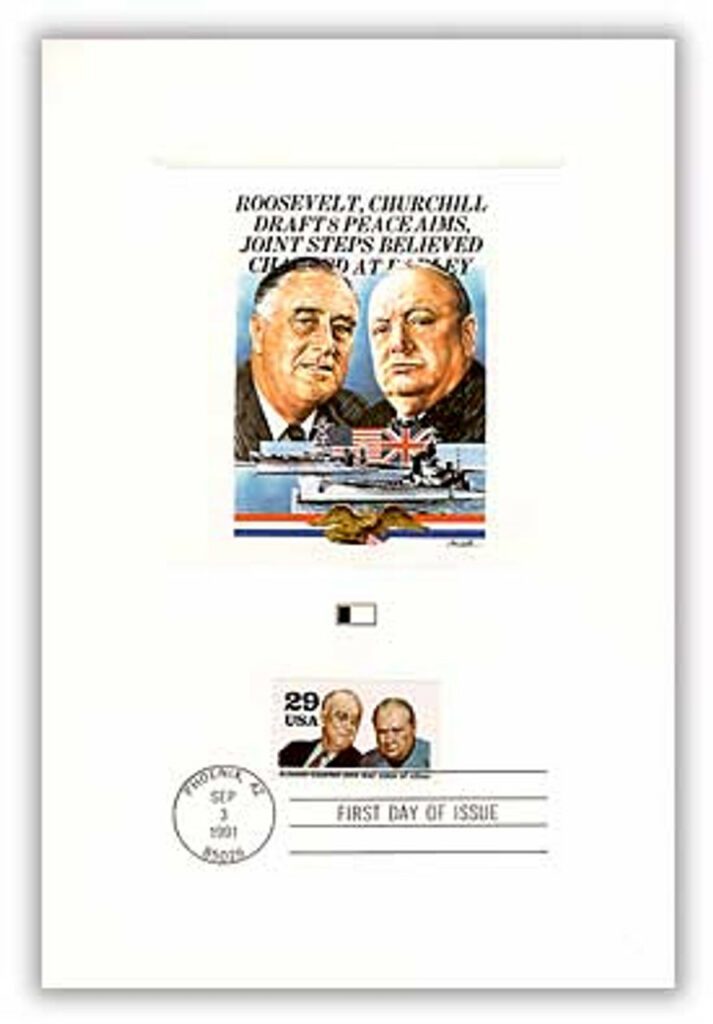
That Roosevelt was on a 10-day fishing trip is in the Wikipedia article, but that was only the cover story to the press for the secret plan to meet Churchill. After leaving Washington, he was transferred to the cruiser, USS Augusta on which he traveled to the North Atlantic off Newfoundland to meet Churchill aboard the HMS Prince of Wales. The meetings of the two men and their staff alternated between the two ships The Atlantic Charter today is only a footnote in history, but it was a significant step to the United Nations Charter. Thanks, Mystic also for that great 1991 stamp of Roosevelt and Churchill together that I had missed.
Sad to say, Churchill’s ship, HMS Prince of Wales, was destroyed less than four months later. On December 8, 1941, the Prince of Wales and HMS Repulse were attacked by Japanese torpedo planes and bombers daring the battle of Singapore. Both were sunk with heavy loss of life. Along with the attack on Pearl Harbor, this pretty much signaled the end of the era of battleships.
What a waste of paper and glue… this is all that the U.S. Post Office can come up with! I’m seeing more and more wasted ideas actually with the mordacity to pass off as “STAMPS” to mail letters and parcels? Why not have a stamp based on the outhouse behind the White House when George W. was in command? All these people were saints or completely unknown through history lessions, I wonder why that was? Things are known as they were “meant to” never actually how they really occurred.
And then we have all the scholars that must add their 2 cents, as who really cares? Not your fault Mystic, your just presenting things the way they appeared to the public, doing a great job…
Regarding, R
Hey Rich, are you saying FDR, Churchill and the Atlantic Charter were insignificant?
Actually, this meeting destroyed the myth that the U. S. was a neutral in the war in Europe. First Lend-Lease put the first cracks, the the Atlantic Charter practically put us in the war. Roosevelt wanted us in the War in the worst way, but Congress kept him at bay. That is until December 7th. When Churchill heard the news he knew he could get Roosevelt to commit most of our country’s assets to the European theatre and save his beloved Empire.
Ken, you really hit the nail on the head. Always will be the troll boys lmao.
Regards, Rich
Kenneth, you are saying that Roosevelt “wanted us in the war,” with Hitler and the Japanese warlords taking over half of the world? Amazing! Hitler’s Nazis controlled and occupied most of western Europe, and the only thing that separated the U.S. from the Nazis was the Atlantic Ocean. Churchill informed Roosevelt that if the Germans defeated and occupied Britain, the British fleet would relocate in Canada and continue the war against Hitler and the Nazis indefinitely. The Germans would have to fight the British in Canada, and that would bring the war to the doorstep of the U.S. The only way to prevent that disaster was to support Britain and pursue policies that would result in Germany’s defeat. The Atlantic Charter was a step in that direction.
Boy are you off base Rich B. WE don’t need your political views.
Sure… for some unknown reason my comments to the “troll boys” were never reprinted here. But this is solid. With this stamp, what do you suppose Roosevelt is looking (very obvious) over to Churchill at ? And these 2 angels could never lead to anything questionable? Nothing further. 😇
R
I guess you have a point there, rich, but darned if I can detect it.